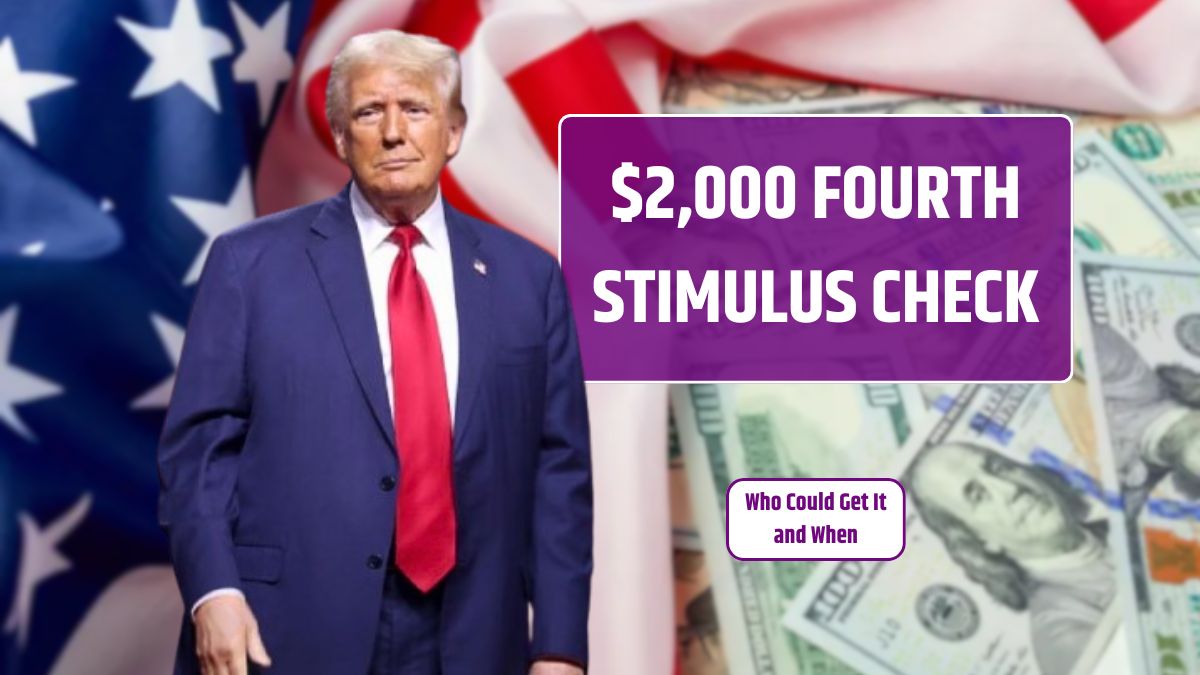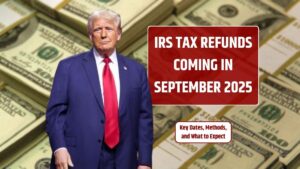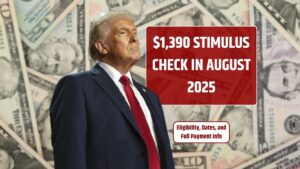With inflation still making everyday life expensive, talk of a fourth stimulus check is heating up again. This time, the proposed payment is $2,000 per eligible adult—and while it’s not official yet, many Americans are hoping lawmakers will act soon. Let’s break down what’s on the table, who might qualify, and when checks could actually arrive if it all goes through.
Eligibility
If Congress moves forward with a new round of stimulus checks, the rules will probably look a lot like they did in earlier rounds. So who’s likely to qualify?
- Single filers earning under $75,000
- Married couples earning under $150,000 jointly
- Heads of household earning up to $112,500
- Parents or caregivers with dependents
- Social Security, SSI, and SSDI recipients
The IRS would use your most recent tax return or benefit records to figure out eligibility—just like before. And yes, dependents might once again bring in extra money per household.
Reasoning
So, why is this back on the table in August 2025? Well, inflation isn’t done with us yet. Prices for groceries, rent, gas, and healthcare remain high. Even though wages have gone up a bit, they haven’t kept pace with costs.
Here are some of the key reasons behind the push:
- Inflation pressure – Prices are still climbing faster than many people can manage
- Vulnerable groups struggling – Seniors and disabled Americans are seeing benefits stretched too thin
- Consumer spending slowing – People are pulling back, and that’s hurting local economies
For lawmakers, a stimulus check is one way to quickly pump money into households—and into the economy.
Amounts
The number floating around right now? $2,000 per eligible adult. There’s also talk of adding $500 to $1,000 for each dependent. Nothing is final yet, but this proposal is gaining momentum.
Here’s a possible breakdown:
| Group | Proposed Amount |
|---|---|
| Eligible Adults | $2,000 |
| Each Dependent | $500–$1,000 |
Just like past stimulus efforts, the final numbers will depend on what Congress agrees to.
Timeline
Here’s the catch—no bill has passed yet. If Congress acts in late 2025, checks might not arrive until the end of the year or early 2026. That’s assuming everything moves quickly, which is never guaranteed in Washington.
Expect the rollout to look like this:
- Direct deposit recipients get paid first
- Mailed checks and debit cards follow later
- IRS may re-activate tools like “Get My Payment”
The sooner you’re set up for direct deposit, the faster you’ll get paid—if and when the check is approved.
Support
Even if a full $2,000 check doesn’t happen, other relief programs might step in to help. Some of these include:
| Relief Program | Description |
|---|---|
| Expanded Child Tax Credit | Extra payments to families with children |
| LIHEAP | Help with heating and utility bills |
| Emergency SNAP Boosts | Temporary increases in food assistance |
| Rent Relief | Support for renters at federal/state levels |
| Jobless Aid Extensions | Extra help for the unemployed |
These are smaller programs but still helpful—especially for those hit hardest by rising costs.
Preparation
If you want to be ready in case Congress approves the check, there are a few steps you can take now:
- File your 2024 or 2025 tax return
- Sign up for direct deposit with the IRS or Social Security
- Bookmark the IRS site for updates
- Avoid scams—only trust official government sources
Whether it’s a $2,000 check or a mix of targeted programs, the goal is the same: help Americans keep up as prices keep climbing. For now, all eyes are on Washington to see what happens next.
FAQs
Will I get the $2,000 check automatically?
Only if Congress passes the bill and you’re eligible.
When could stimulus checks be sent?
Possibly late 2025 or early 2026, if approved.
Who would qualify for this stimulus?
Singles under $75K, couples under $150K, and benefit recipients.
Is this check guaranteed to happen?
No, it’s only a proposal right now.
How can I prepare for the fourth check?
File taxes, set up direct deposit, and follow IRS updates.




